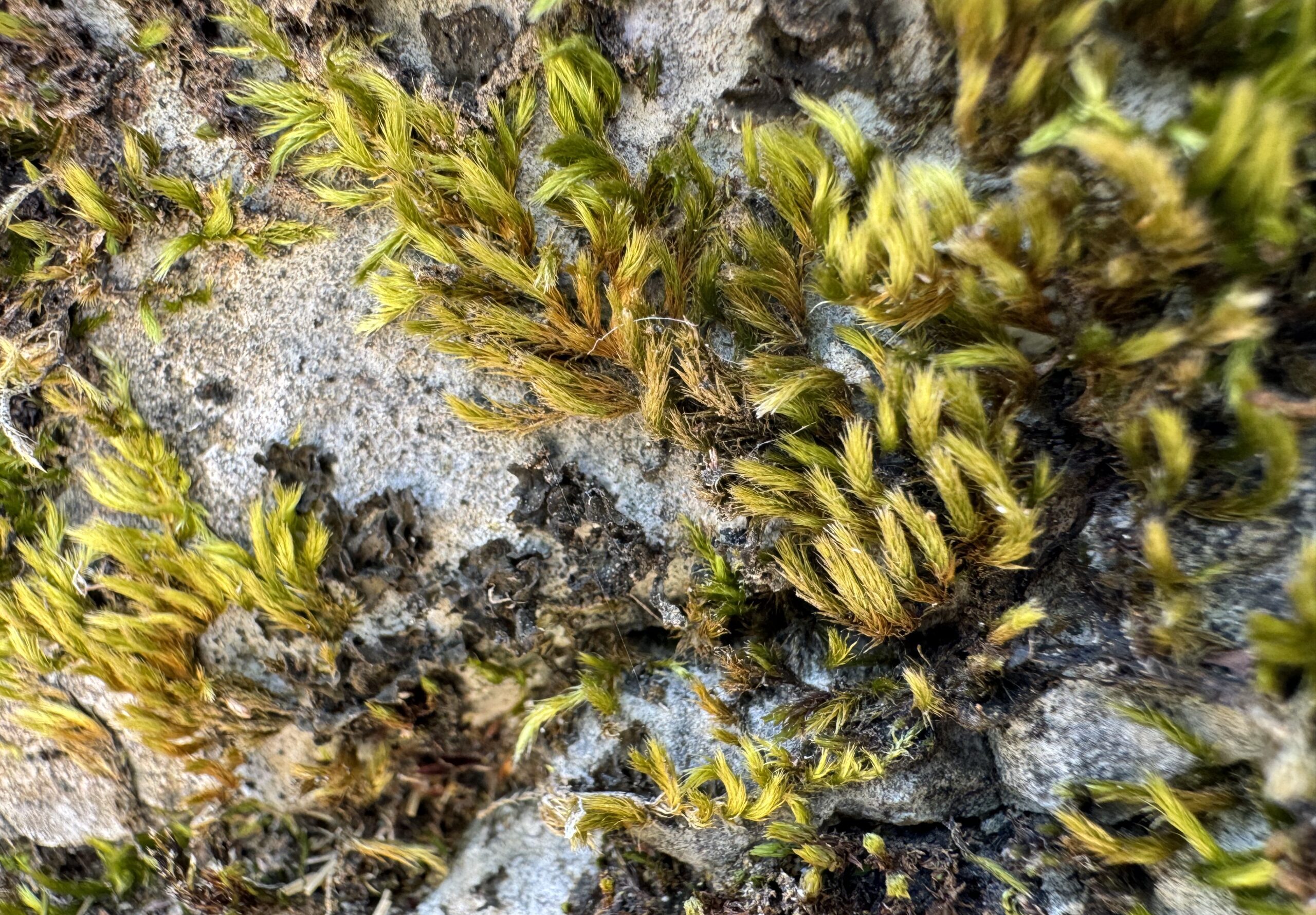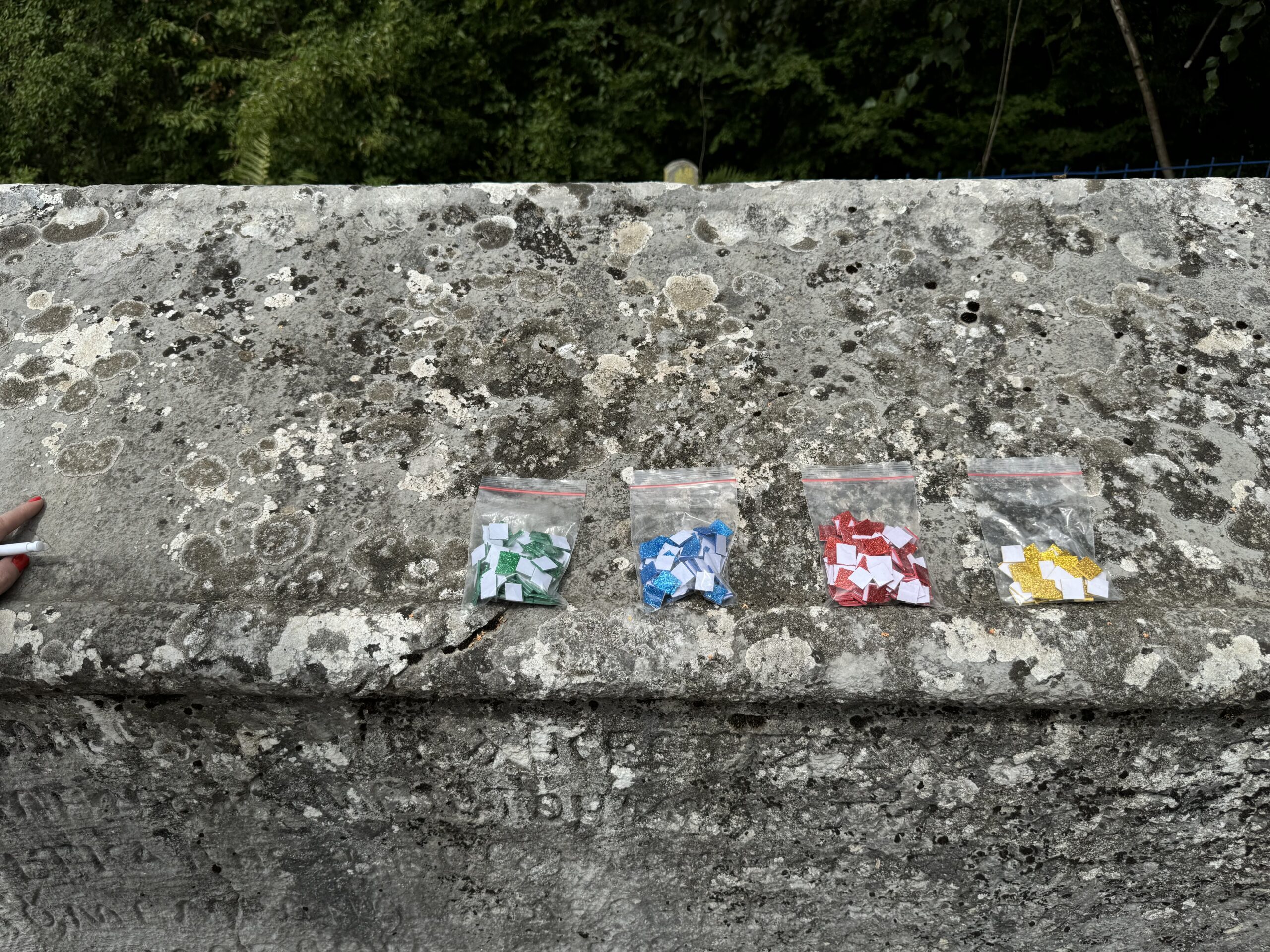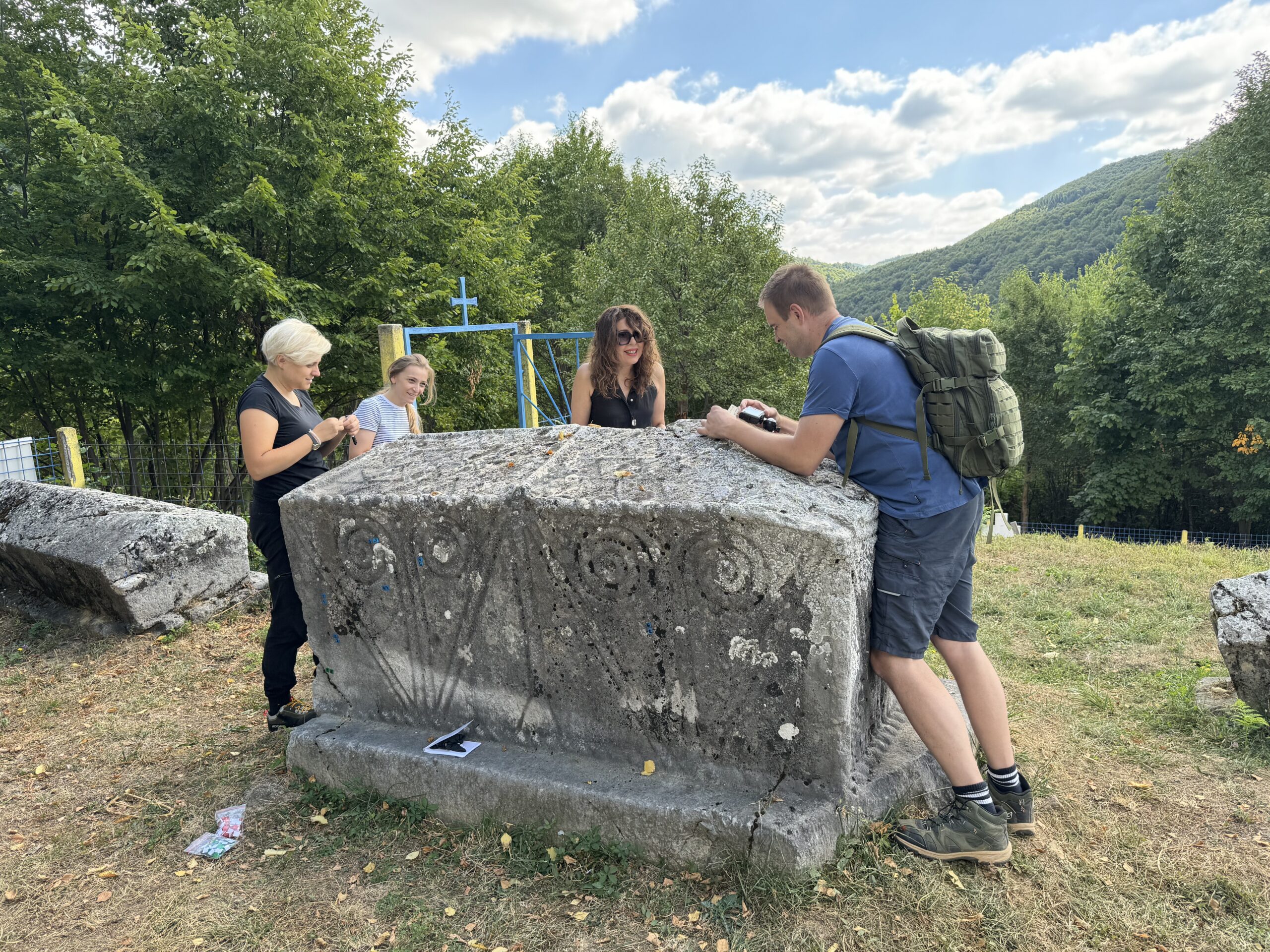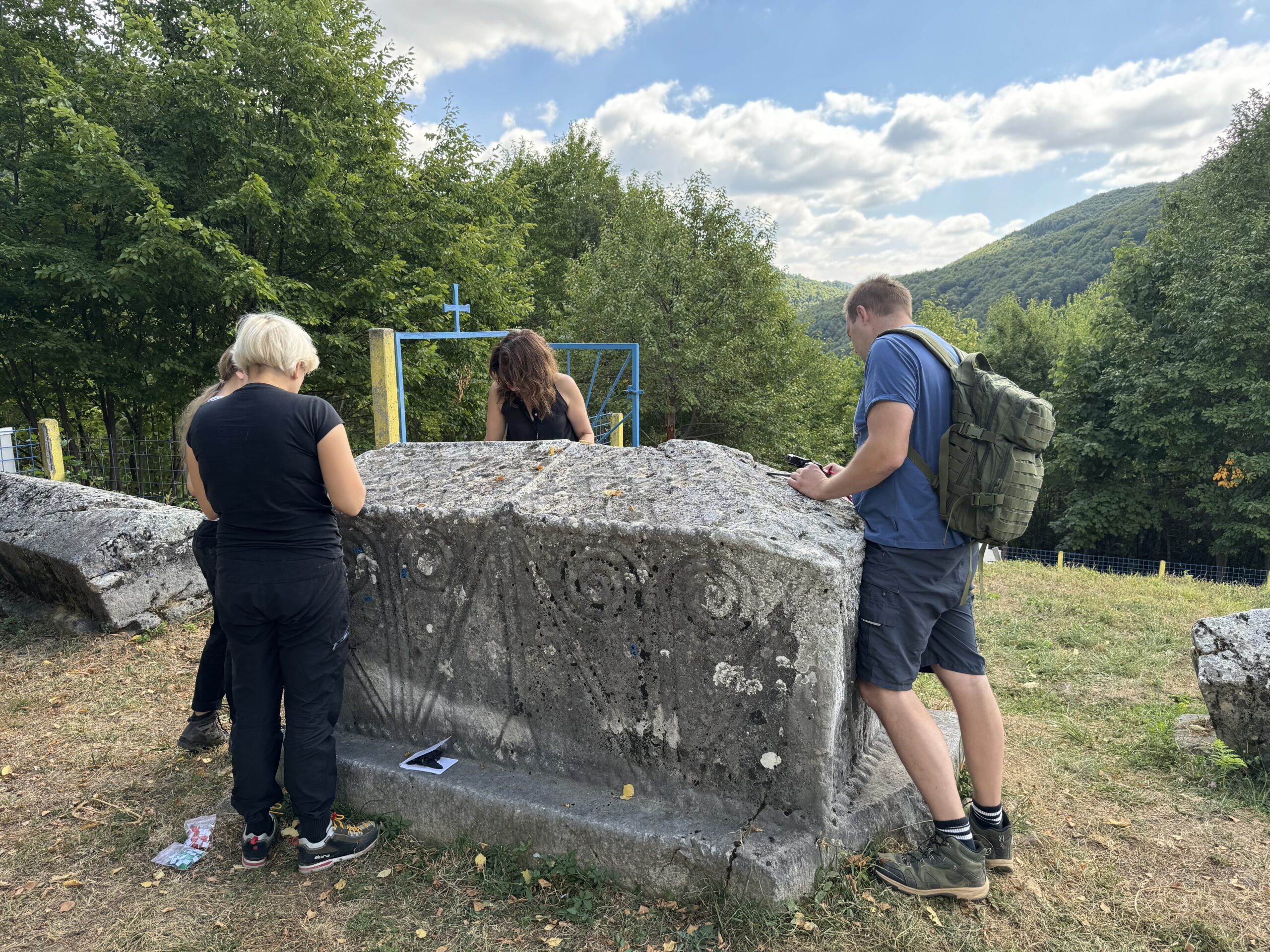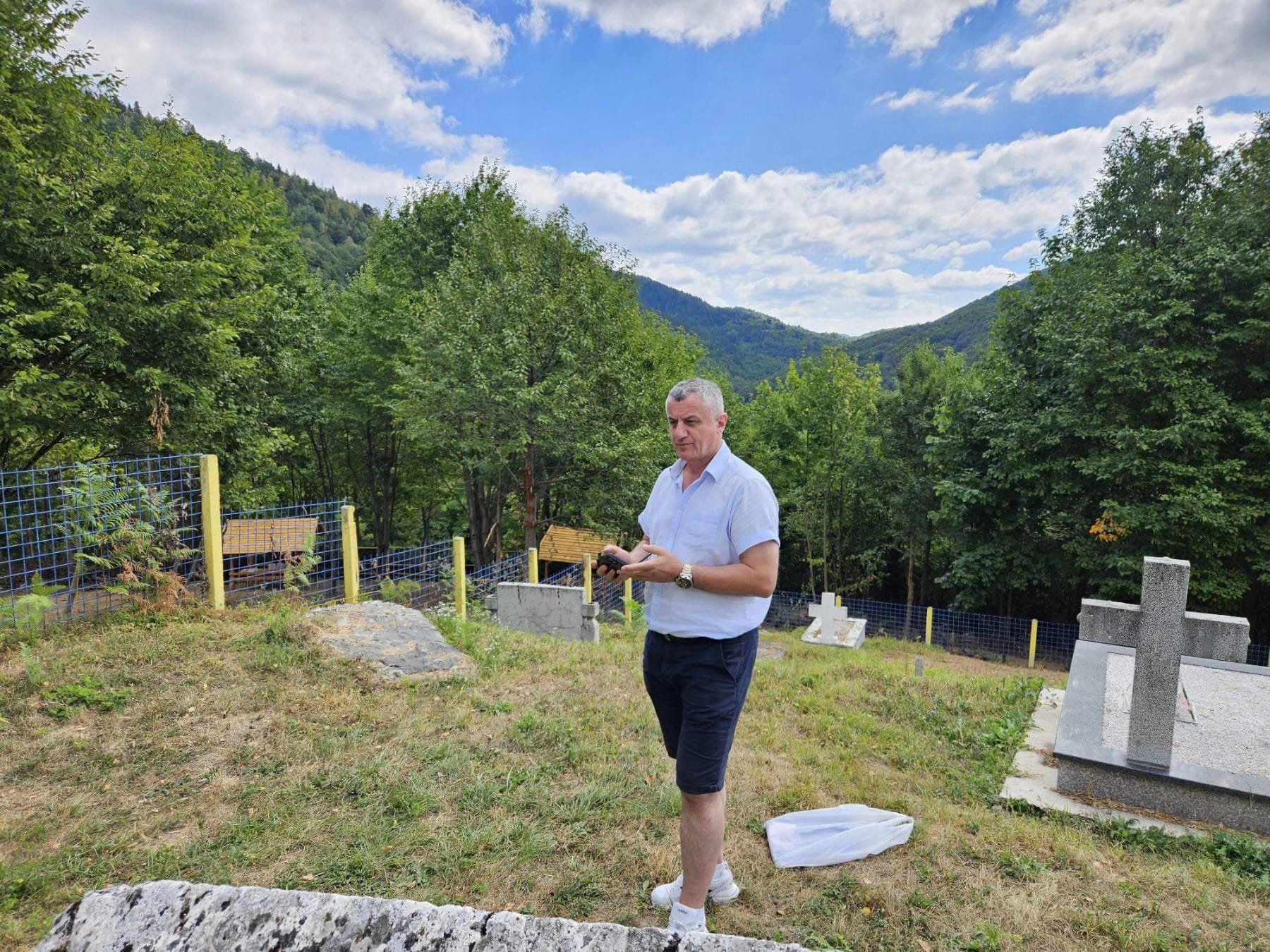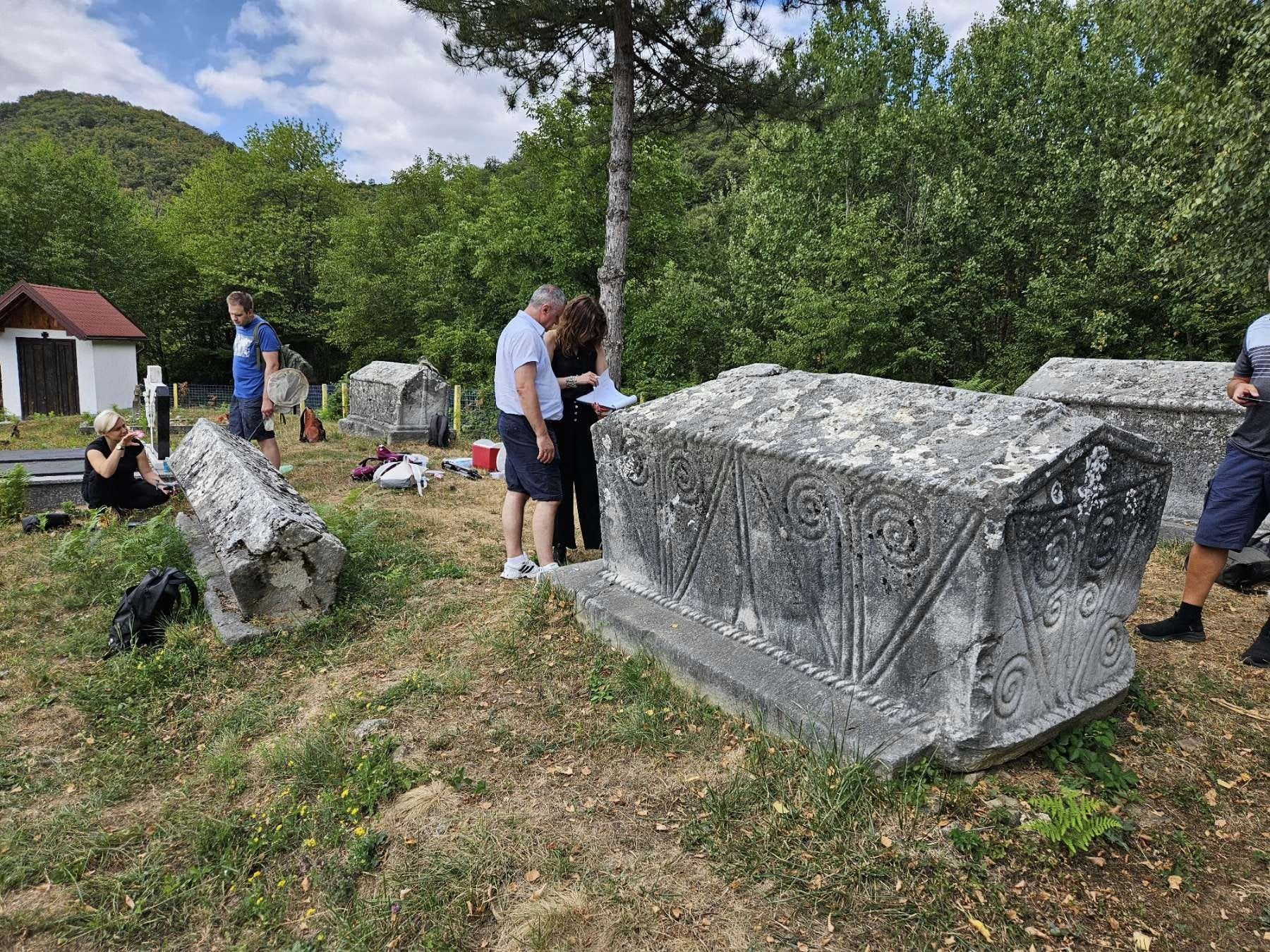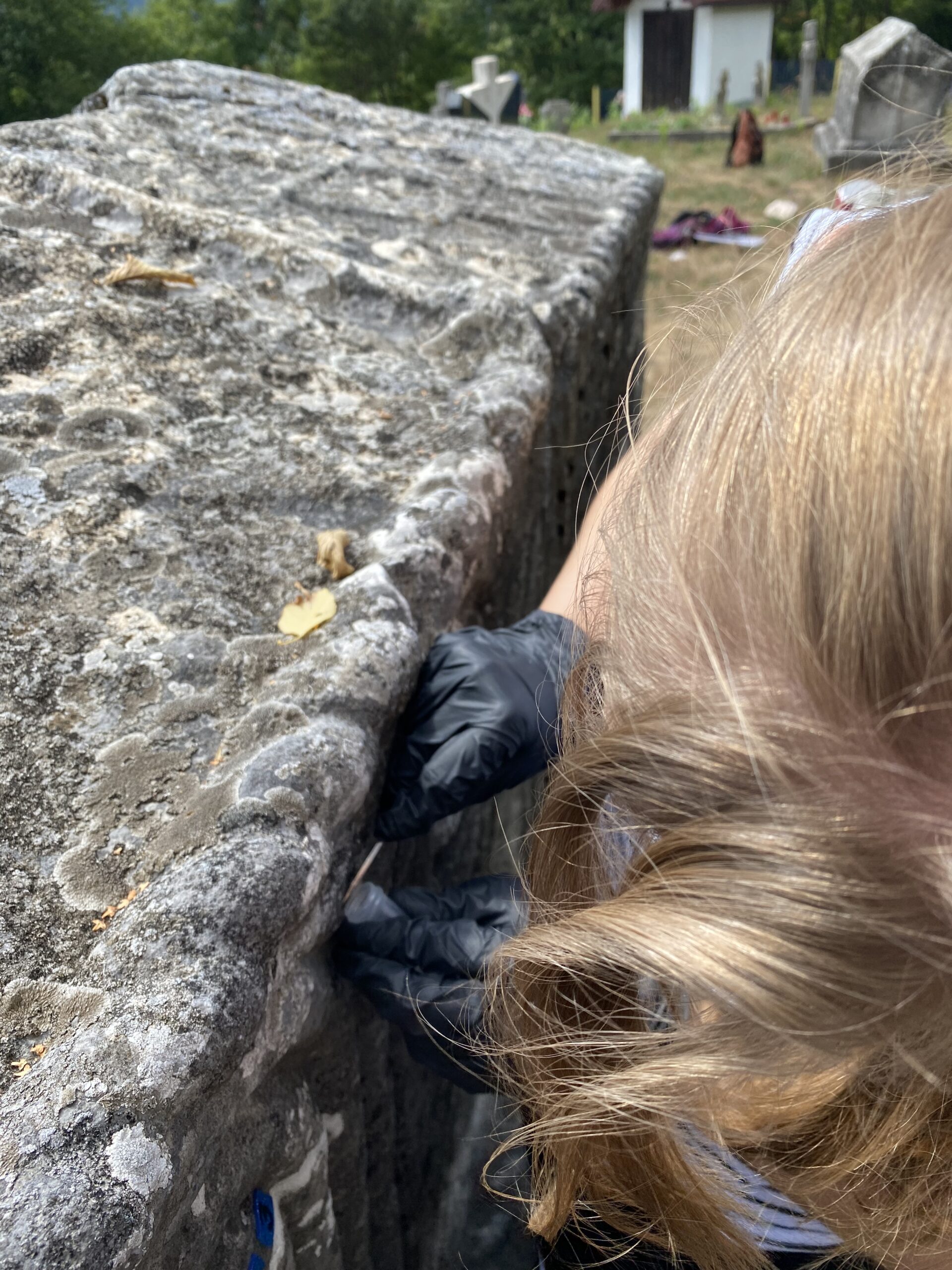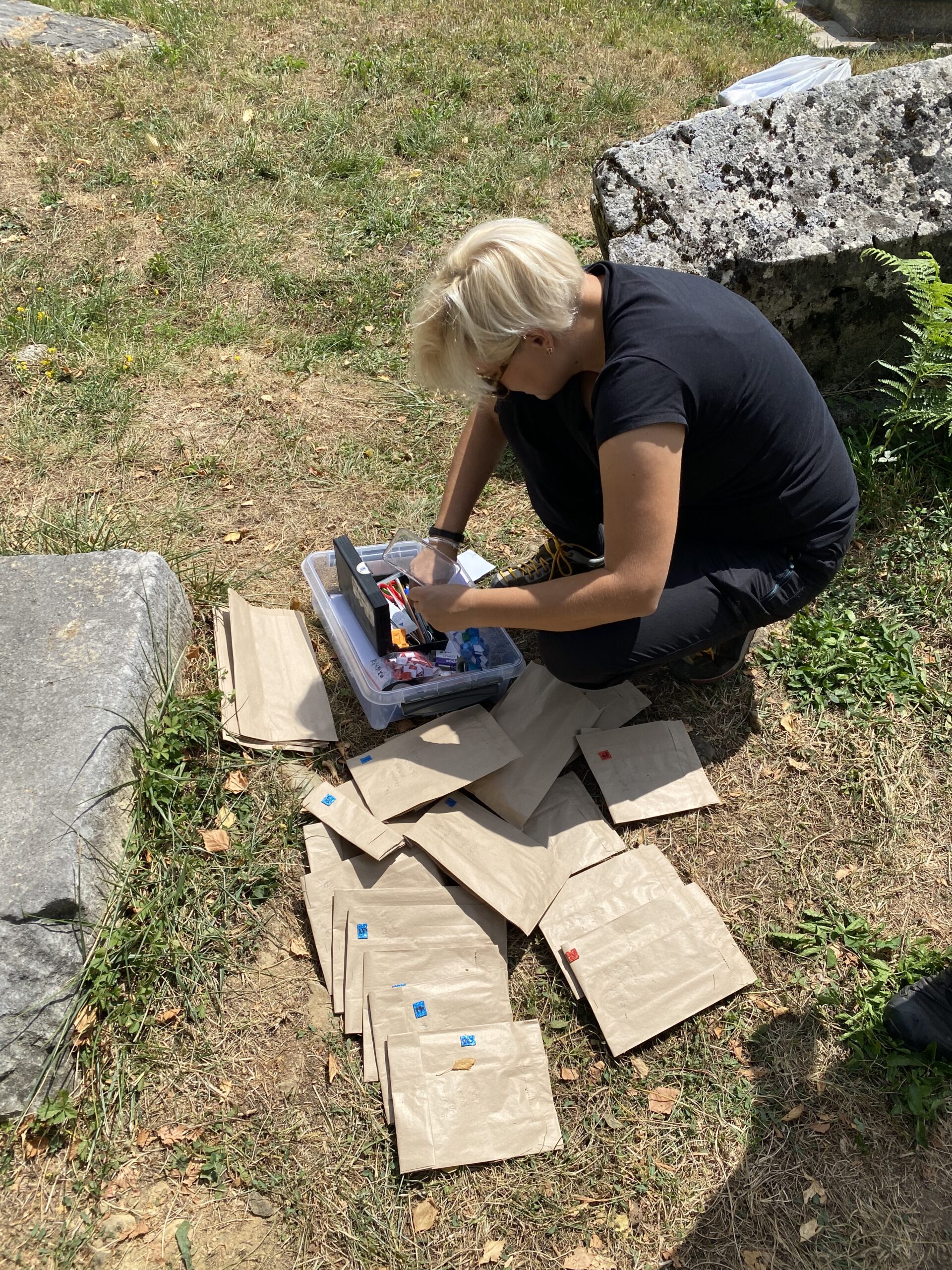Team and Methodology
The biodeteriogens assessment was carried out by a team of biologists and plant ecologists from the University of Sarajevo (UNSA) and the University of Novi Sad Faculty of Sciences (UNSPMF). The team was coordinated by Prof. dr Nusret Drešković and included Prof. dr Snežana Radulović, Prof. dr Samir Đug, Prof. dr Goran Anačkov, Prof. dr Adi Vesnić, as well as assistants Lejla Vesnić and Maja Novković. They implemented the bioassessment in rigorous compliance with the procedures defined in the newly developed STECCI Biodeteriogens Assessment Field Survey Protocol, together with the previously developed STECCI Biodeteriogens Assessment Lab protocol. This comprised laboratory-based microbiological, molecular, and morphological identification procedures undertaken in mutually affiliated biological laboratories and herbariums. A separate sampling strategy was employed, collecting two samples from every species. This dual-sample strategy was designed to allocate one specimen to morphological and the other for molecular and microbiological identification.
According to the BA Field Protocol (https://stecci.emdesk.com/#!/documents/all/WP3), each species was assessed using an adapted Braun-Blanquet scale for species coverage and spatial arrangement. Further biodiversity impact-relevant data were also evaluated, such as the monument’s space orientation, soil type code, slope, elevation, Land Use according to CORINE codes, Habitat Type as per EUNIS code, monument shape and dimensions, and Köppen’s climate code. Additionally, the STECCI vegetation database coding system was developed. Documentation of the process was set up using 3D Lidar depth camera technology, providing highly precise visual records and directly georeferenced in QGIS.
Site Specifics
The Kopošići stećci site, located near Ilijaš, is one of the most significant medieval necropolises in Bosnia and Herzegovina. The site is notable for its well-documented history, which is rare among stećci sites. It dates back to the late 14th and early 15th centuries. One of the most prominent figures buried here is Grand Duke Batić Mirković. His tombstone, a monumental stećak, is richly decorated and provides valuable historical information through its epitaph. The epitaph reveals that Batić was a duke under King Tvrtko II Kotromanić and that his wife, Vukava, played a significant role in erecting his monument. Recent archaeological excavations have uncovered significant artifacts and provided deeper insights into the medieval Bosnian nobility buried at the site. These findings have helped historians and archaeologists better understand the social and political landscape of medieval Bosnia. More than 30 tombstones (stećci) are located at the necropolis. Duke Batić’s stećak is a type of tall duke’s gabled tombstone with a plinth. It is of monumental dimensions, over two meters long, over a meter wide, and weighing over nine tons. The stećak itself is the embodiment of monumentality, simplicity, and harmony of form and ornament. The Kopošići site stands out not only for its historical importance but also for the richness of its archaeological and artistic heritage.
The necropolis is located about 1 km from the old medieval town of Dubrovnik in central Bosnia. The Kopošići region is identified by a climate variation labeled as Cfcx”w, indicating a moderately warm and humid climate with a cool summer and no dry period. There are two groups of stećci at the site. The first group is in the Catholic cemetery and contains six decorated stećci, while the second group, located 50 meters from the cemetery in a meadow, contains eight stećci.
Temperature inversions frequently occur, leading to lower air temperatures during winter compared to the surrounding areas. These inversions often accompany different intensities and origins of fogs, as well as vegetation inversions. Like other sites, climate and vegetation parameters significantly contribute to the decay of stone and similar materials. Biodeterioration is a complex issue because it often overlaps with other decay processes, making it challenging to attribute damage solely to biological or climatological factors. Indeed, assigning the entire extent of damage to biodeteriogens is critical, as biodeterioration often coincides with other physical and chemical decay processes (as shown in the photo gallery). Consequently, the biodeterioration of monuments can generally be classified into three overarching categories: biophysical, biochemical, and aesthetic deterioration.
Disseminated on the same day thanks to Mr. Perica Mijatović: https://ilijas.info/koposici-kod-ilijasa-istrazivacki-pristup-u-ocuvanju-stecaka-kroz-njihovu-konzervaciju-i-zastitu/

